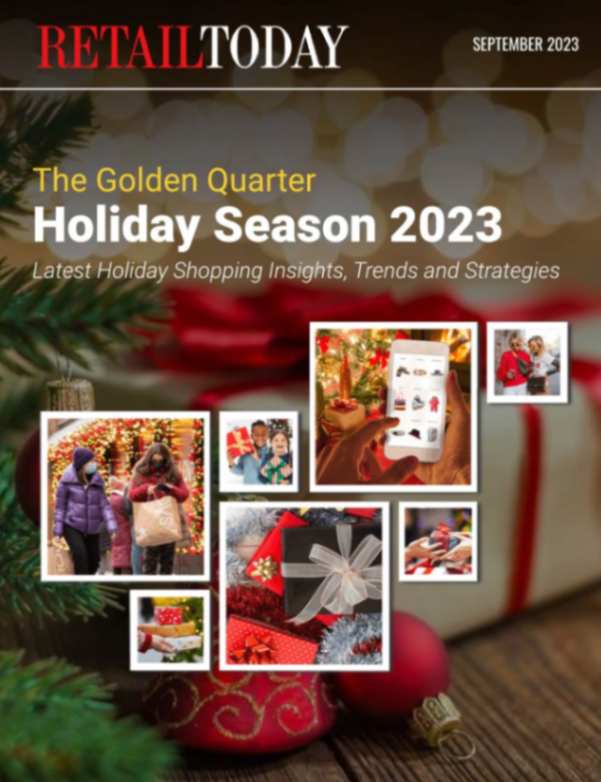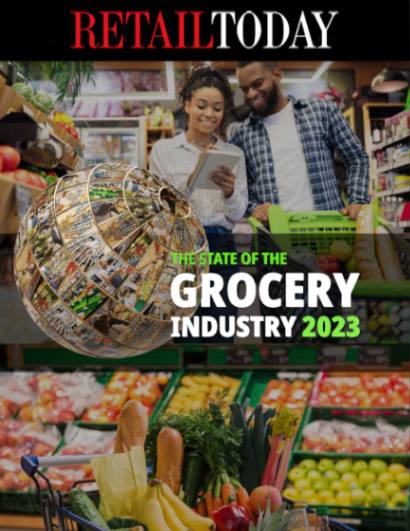New Relic (NYSE: NEWR), the all-in-one observability platform for every engineer, announced the findings of its first State of Observability for Retail report, which offers insight and analysis on the adoption and business value of observability for the retail/consumer industry. The report is based on insights derived from 173 respondents in association with the 2023 Observability Forecast report. Findings show that while tool fragmentation persists, observability provides significant business value—many reported $5 million in total value per year from their observability investments, with a minimum 2x median annual return on investment (ROI).
Today’s retailers face fierce competition and a difficult macroeconomic environment, with the rapid increase in energy costs, high inflation, growing interest rates, and supply chain disruptions. Despite these challenges, U.S. online holiday sales are expected to reach $221.8 billion (Nov. 1 to Dec. 31), representing 4.8% growth YoY, compared with 3.5% YoY growth in 2022. In fact, Cyber Monday alone is expected to drive $12 billion in spending, up 6.1% YoY.
With billions of dollars of consumer spending on the line, it is critical for retailers and consumer-focused organizations to double down on their digital customer experience (DCX) strategies and focus on creating a seamless, omnichannel customer journey. To create successful digital storefront experiences and keep customers engaged, these companies are investing in observability tools that give them visibility into their software across their often complicated technology stacks.
“If a retailer’s website goes down for even 30 minutes on a high-traffic day like Cyber Monday, it could cost them millions of dollars, not to mention negatively influence their brand perception,” said New Relic Chief Strategy and Design Officer Peter Pezaris. “Implementing and maturing their observability practice offers retailers a path to improve their DCX and achieve omnichannel observability even during peak shopping seasons and challenging macroeconomic headwinds.”
As retail, ecommerce, and other consumer organizations turn to observability, the New Relic State of Observability for Retail report reveals:
More Frequent Outages Lead to Higher Retail Observability Spend
Outages leave retailers at risk for considerable downtime, which can make a big impact during peak shopping seasons, like Black Friday. Even still, the research shows retailers experienced high-business-impact outages at a higher frequency than other industries, with 37% reporting these outages at least once a week compared to the average of 32%. In addition, more than half (55%) of retail/consumer respondents noted it takes at least 30 minutes to detect high-business-impact outages and 61% indicated it takes at least 30 minutes to resolve them.
Notably higher than the annual outage cost across all other industries, there’s a significant monetary impact from critical business app outages, with respondents reporting a median annual outage cost of $9.95 million. But, these organizations are investing in their observability strategy. In fact, retailers tended to spend more on observability than most other industries—almost half (49%) said they spend $500,000 or more, and 31% said they spend $1 million or more per year on observability.
The payoff is evident. Not only were many retailers able to improve their mean time to resolution (MTTR), with 43% reporting improvement since adopting an observability solution, but many also realized a monetary benefit. More than half (57%) of respondents noted more than $500,000 in total annual value, 43% said the total annual value is $1 million or more, and 21% estimated they receive $5 million or more per year in total value—and they aren’t slowing down.
More Capabilities (Not More Tools) Leads to More Context
Engineering teams are spending a significant amount of time and money hopping between tools—with 69% of respondents toggling between more than four observability tools—in an effort to understand the different aspects of their business. This slows down engineers, making it take longer to find outages, which leads to higher outage costs and poor customer experiences.
Looking to avoid considerable, costly outages and increase productivity, the research indicated retailers are moving toward tool consolidation. Nearly half (42%) of respondents said their organization is likely to consolidate tools in the next year to get the most value out of their observability spend and the prevailing preference among retail and consumer respondents is for a single, consolidated platform (46%).
In addition to moving from a point solution to a platform approach, the report indicates retailers and other consumer organizations are continuing to expand their observability practice by adding new capabilities. In fact, the research found that:
- By mid-2026, most (98%) are expected to have deployed alerts, followed by network monitoring and security monitoring (both 97%).
- In the next one to three years, more than half (53%) are expected to deploy synthetic monitoring, 42% are expected to deploy mobile monitoring, and 39% are expected to deploy browser monitoring.
- By mid-2026, 90% expected to have deployed browser monitoring, 85% expected to have deployed mobile monitoring, and 79% expected to have deployed synthetic monitoring.





